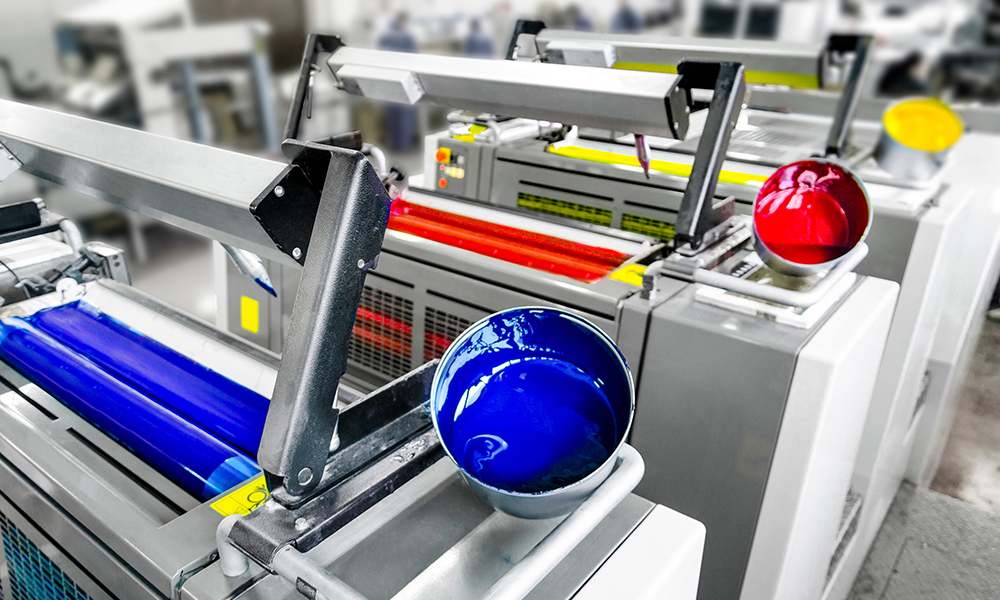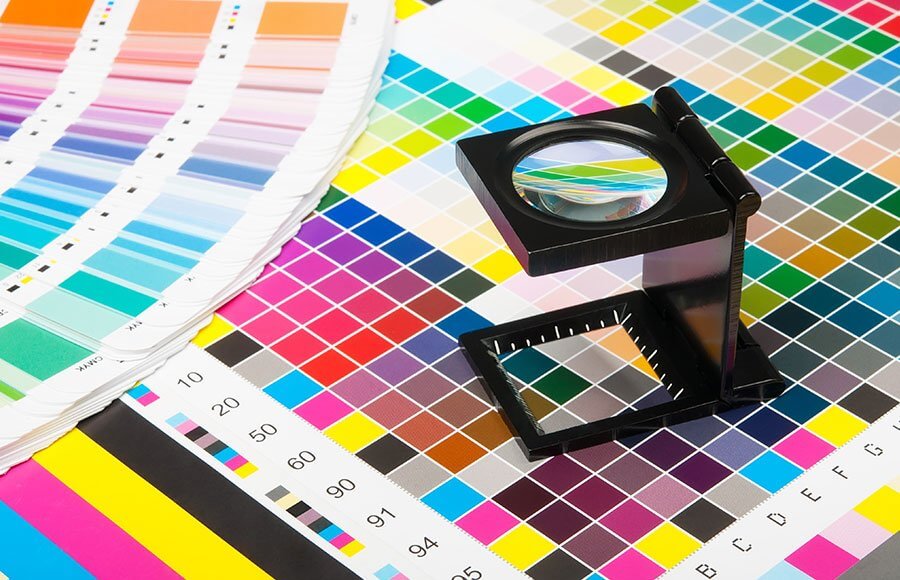How litho printing Delivers Sharp and Vibrant Prints
How litho printing Delivers Sharp and Vibrant Prints
Blog Article
A Comprehensive Guide to Understanding Litho Printing Methods
The globe of litho printing, a strategy originating from the late 18th century, is a fascinating mix of background, innovation, art and science. This thorough guide will decipher the complexities of this printing technique, from the structure of litho inks to the obstacles dealt with in modern-day applications. As we venture into the details of lithography, the relevance of automation and sustainability in guaranteeing its future significance comes to be increasingly clear. Stick with us as we trip right into the fascinating realm of litho printing.
The Historical Evolution of Litho Printing
The historic trajectory of litho printing, an essential development in the realm of interaction, is an exciting story of human ingenuity. The procedure advanced with the development of the rotary press, which greatly raised efficiency. Each phase of litho printing's development showcases mankind's unrelenting pursuit of efficiency and quality in visual communication.
Decoding the Scientific Research Behind Litho Printing Inks
Moving on in the expedition of litho printing strategies, the emphasis now shifts to the science behind litho printing inks. The make-up of these inks, their drying out process, and shade mixing techniques form the backbone of this complicated art form. Understanding these aspects is vital to understanding the craft and accomplishing the preferred print outcomes.
Composition of Litho Inks
In lithographic printing, the essential role of litho inks can not be overemphasized. The structure of litho inks varies relying on its objective, yet usually, they consist of 2 primary parts - vehicles and pigments. Pigments, the color-providing aspects, are carefully ground fragments put on hold in the vehicle, a fluid that carries the pigment onto the printing surface. The vehicle is a complicated combination of oils, solvents, and resins, which affect the ink's drying out time, adhesion, and gloss. In addition, numerous ingredients exist to improve specific residential or commercial properties like flow, drying, and resistance to environmental results. Each part plays an essential part in the last print's high quality, making the accurate formula of litho inks an intricate science.
Ink Drying Refine
From the make-up of litho inks, interest turns to the remarkable procedure of ink drying. The drying out process is vital, as it impacts the final print's quality and longevity. 2 primary techniques are used in litho printing: oxidative drying out and absorption. Oxidative drying out involves the ink responding with oxygen in the air to develop a difficult, dry film. This technique gives a sturdy surface, but can be slower compared to absorption. Absorption, on the various other hand, involves the ink seeping right into the paper fibers, which is a much faster procedure however can bring about less vibrant shades. The selection between these methods depends on aspects such as print rate requirements, the paper type made use of, and the preferred coating.
Color Mixing Methods
While the drying out procedure plays a crucial role in litho printing, the scientific research of shade mixing techniques holds equal importance. This is a complicated procedure that involves the careful mixing of key shades: cyan, magenta, and yellow, in differing percentages to accomplish a wide array of shades. a fantastic read The addition of black ink, referred to as 'vital', assists in regulating the strength and deepness of the shades. The science behind litho printing inks additionally thinks about the transparency of the ink, which affects just how shades overlay and mix. To accomplish an efficient shade mix, print experts need to additionally understand the ins and outs of ink actions, color concept, and the physical properties of the substratum on which the ink is used.
The Art and Design Components in Litho Printing
Litho printing takes a breath life into art and style via its one-of-a-kind components. The process entails producing an image on a lithographic sedimentary rock plate or steel plate with a smooth surface. The picture is then published onto a medium, normally paper, by moving the ink from home plate. What collections litho publishing apart is its capability to replicate detailed styles with high fidelity, making the outcome virtually identical to the initial artwork. This is achieved with the use of various line techniques such as hatching, stippling, and cross-hatching, which permit a variety of tonal impacts. Litho printing fits a selection of colors, enabling musicians to create dynamic and vivid prints. This mix of accuracy and convenience makes litho printing a favored option for several musicians and developers.
Modern Applications of Litho Printing Techniques
Litho printing strategies have actually found comprehensive use in the modern business market. Its influence and importance remain to expand with the introduction of new innovations and technologies in the area. This top article section will certainly explore these contemporary applications and the transformative role they play in the printing market.
Business Litho Printing Makes Use Of
Litho printing remains a vital part of the business market. High-volume printing jobs, such as the production of books, papers, and packaging, count on litho printing for its capacity to deliver premium photo high quality and expense effectiveness. Litho printing likewise provides a wide color spectrum, premium to that of electronic printing.
Innovations in Litho Printing
Pushing the boundaries of conventional techniques, modern-day advancements have sustained a host of developments in litho printing. One popular development is digital litho printing, which integrates the virtues of digital modern technology with litho's premium result. These advancements emphasize the long-lasting significance of litho printing in the modern-day globe.
Checking out the Process of Litho Printing: Detailed

Challenges and Solutions in Contemporary Litho Printing
Despite the accuracy and practice that litho printing happily supports, it is not without its collection of modern difficulties. Digital litho printing permits for economical short runs and easy modification, resolving the concern of variable information. Thus, while there are difficulties, the litho printing market is proactively adjusting to meet them head-on, ensuring its importance in the future.
Final thought
In verdict, litho printing, with its rich background and clinical details, holds a considerable location in the print sector. The future of litho printing hinges on its capacity to adjust to these changing needs, verifying its enduring worth in a progressing market.

Report this page